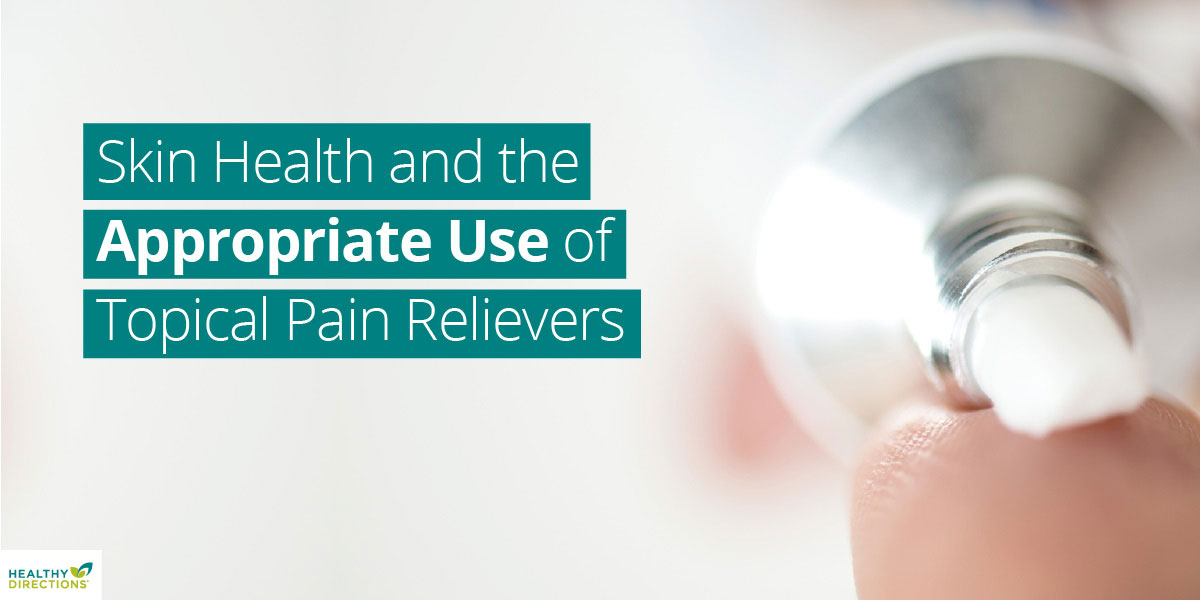
Topical pain remedies are an essential part of any multimodal pain management program and one of the things I recommend most frequently to my patients for a few key reasons:
- A topical gets right to the point. You put it where it hurts. The active agents in the topical product do not have to be absorbed by the body and circulate throughout your whole system before they get down to work.
- Topicals are localized in their action so they are much less likely to cause side effects.
- Patients are comfortable with them. That isn’t necessarily the case with taking pills or getting shots.
Even with all that great news about topic pain relievers, though, there is one important limitation to their use: your skin.
Human skin is a remarkable organ—in fact, it is the largest organ of the body. It is designed to keep dangerous substances out, but it is permeable enough to allow in some substances.
Topical pain relievers work by penetrating your skin and helping to disrupt the nerve signals coming from the painful joint or area. Most topical products are created with small molecules to allow better penetration.
However, problems can occur when your skin is broken, injured, or damaged. You can benefit from topical pain-relieving products if you have damaged skin—you should apply them as near to the painful area as possible without applying them to wounds, burns, or rashes. For example, if you have a skin condition, such as psoriasis or eczema, do not use a topical product on, or close to, the affected area.
If your skin is burned, avoid using topical products on the burned area, even if the burn is healed. A healed burn changes the nature of the skin. This is not to say that your doctor may prescribe topical products specifically to use on burns, but you should not use a pain-relieving topical over burned skin.
If you have pressure ulcers, lacerations, or open sores, do not use a topical pain-reliever on the wound.
You may get benefit from applying pain-relieving topicals to bruises. Although bruises show up on the skin, they are the result of damage to the capillaries and other tiny vessels that transport blood to or near the skin’s surface. Some topical products may help speed healing of bruises. Apply any topical to the bruised area, but be gentle. Applying undue pressure to a bruised area will not help it heal.


